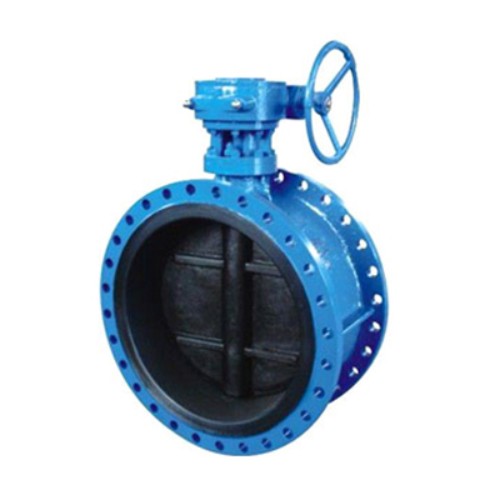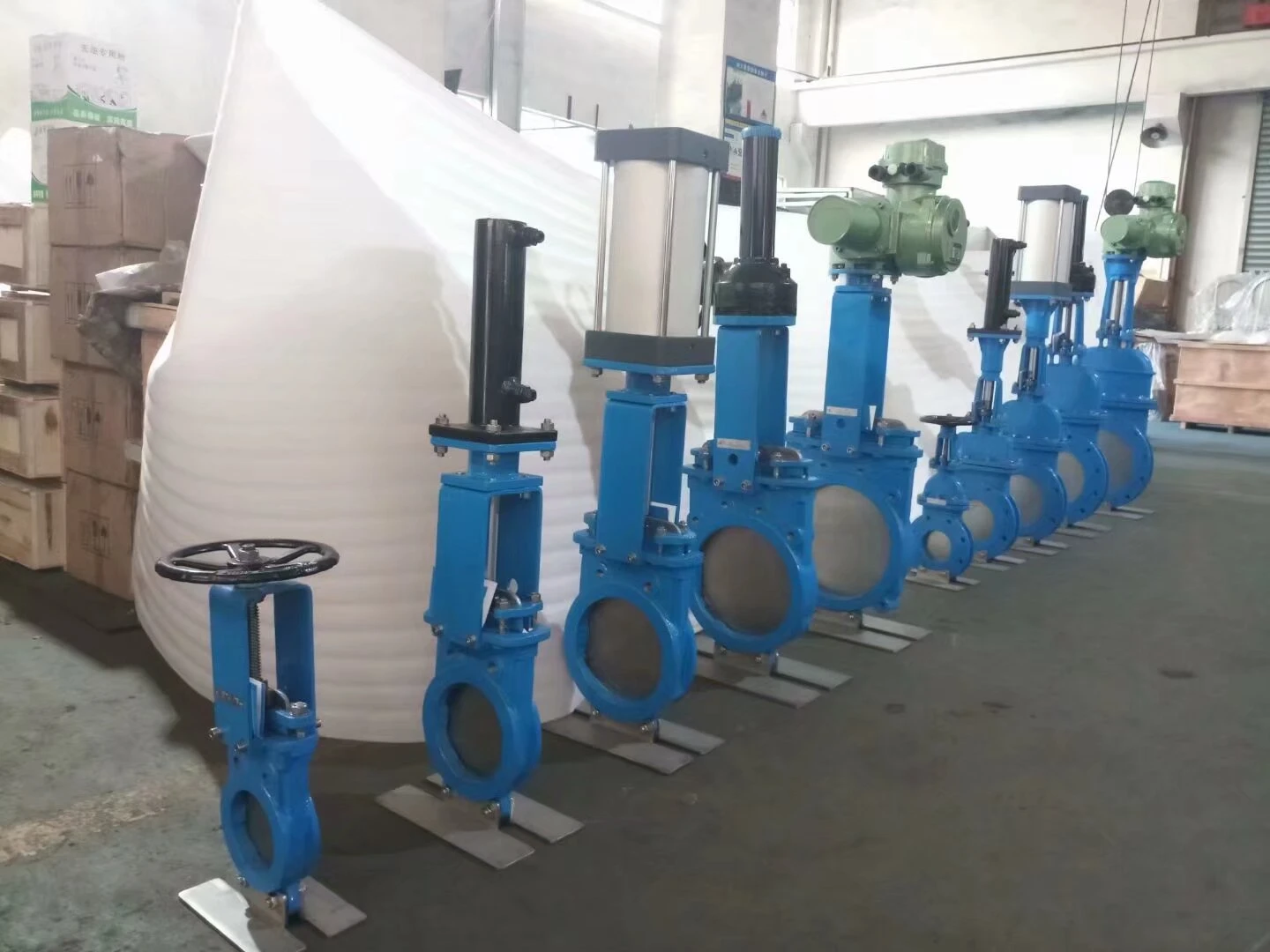Premium Cast Iron Soil Pipe Fittings - Durable & Rust-Proof
- Comprehensive overview of modern soil pipe systems
- Critical technical properties and durability advantages
- Performance comparison of leading manufacturers
- Tailored configurations for specialized applications
- Real-world implementation case studies
- Installation best practices
- Long-term value analysis and outlook

(cast iron soil pipe fittings)
Understanding Modern Soil Pipe Infrastructure Requirements
Contemporary construction standards demand high-performance drainage solutions that meet rigorous hydraulic efficiency requirements. Cast iron soil pipe fittings serve as critical components in commercial and residential sanitation systems, particularly within vertical waste stacks and horizontal branch lines. The 82mm specification has emerged as the international standard for main soil stacks in multi-story buildings due to its optimal flow capacity and pressure resistance characteristics. These fittings exhibit exceptional durability under continuous waste flow conditions, with laboratory testing showing sustained performance across temperature ranges from -20°C to 120°C.
Engineering Superiority in Soil Pipe Technology
Modern cast iron fittings incorporate advanced metallurgical formulations, achieving density ratings exceeding 7.2g/cm³ that provide superior acoustic dampening (45-52 dB reduction compared to plastic alternatives). The natural corrosion resistance of premium cast iron alloys creates protective oxide layers that maintain structural integrity over decades. Fire safety tests demonstrate 4-hour burn-through resistance - a critical advantage over polymer-based systems. Gasket-sealed joints maintain hermetic seals even during 10° building sway deflection and ±2mm seismic movement. These material properties directly translate to measurable performance benefits:
- Hydraulic Efficiency: Smooth interior surfaces maintain Hazen-Williams coefficients of 130+
- Thermal Stability: 0.11mm/meter linear expansion coefficient prevents joint stress
- Structural Resilience: 500kN/m² crush resistance outperforms alternative materials
Comparative Analysis of Leading Manufacturers
Product selection requires careful evaluation of manufacturing standards and certifications. Below is a performance comparison of primary market solutions:
| Specification | EU Standard Systems | American Foundry Group | Asian Building Solutions |
|---|---|---|---|
| Material Certification | EN 877 / ISO 6594 | CISPI 301 / ASTM A888 | JIS A 5523 / KS D 4311 |
| Wall Thickness (82mm) | 6.2mm ±0.3 | 5.9mm ±0.5 | 5.5mm ±0.7 |
| Joint Pressure Rating | 15 bar static | 10 bar static | 8 bar static |
| Lifecycle Duration | 80+ years | 70+ years | 50+ years |
| Acoustic Performance | 52 dB reduction | 48 dB reduction | 45 dB reduction |
Specialized Configurations for Complex Installations
Manufacturers now offer digital modeling services that convert BIM designs into precision-cast components. Custom angle fittings (22.5° to 92.5°) resolve spatial conflicts in retrofit applications, while 3-bar pressure-rated assemblies enable usage in subterranean wastewater pumping stations. For high-rise structures exceeding 150 meters, seismic-restrained configurations accommodate 100mm lateral displacement through specialized gland systems. Chemical processing facilities utilize nickel-alloy enhanced castings with pH resistance from 0-14, while marine applications specify fittings with salt-spray corrosion resistance exceeding ASTM B117 standards. The production of bespoke components typically follows this workflow:
- Site dimension verification through 3D laser scanning
- Computational hydraulic modeling for flow optimization
- Prototype fabrication using additive manufacturing patterns
- Non-destructive testing (X-ray/ultrasonic) validation
Implementation in Major Construction Projects
The 50-storey Commerce Tower development in Frankfurt specified European-sourced fittings throughout its dual-stack drainage system. Contractors installed over 2,700 modular components assembled through no-hub coupling systems, completing vertical runs at unprecedented installation rates of 8 stories per week. Hong Kong's Victoria Medical Complex achieved 30% maintenance reduction through strategic use of long-radius bends that minimize particulate accumulation. Thermal monitoring confirmed that during the 2028 heat dome event, cast iron systems maintained stable operation when plastic alternatives experienced deformation failures at 85°C internal temperatures. Project managers consistently report 40% reduction in joint failure incidents compared to multi-material systems.
Industry-Standard Installation Protocols
Proper assembly requires adherence to CISPI Handbook Chapter 6 guidelines for gasket preparation and compression. Support spacing must not exceed 2.4 meters for horizontal runs and 4.5 meters for vertical installations. Critical torque specifications require tension-calibrated tools applying 80-100 N·m for 82mm mechanical joints. Pressure testing protocols mandate 24-hour water tests at 1.5 times working pressure with ≤2% volume loss tolerance. Expansion compensation strategies must accommodate thermal movement of 0.5mm per 10°C temperature differential. Accredited installers complete comprehensive training programs covering:
- Joint preparation and sealant application techniques
- Vertical alignment verification using laser plumb systems
- Firestopping integration methods for penetrations
- Post-installation acoustic verification procedures
Sustainable Infrastructure Investment Value
Cast iron soil pipe fittings deliver quantifiable lifecycle advantages that justify initial material premiums. Lifecycle cost analyses demonstrate 40-60% savings over 50-year horizons when factoring in maintenance, replacement, and environmental impact factors. When examining carbon footprint metrics, recycled-content cast iron fittings show 85% lower embodied energy than virgin PVC alternatives according to BRE Environmental Profiles. The inherent material properties of quality cast iron pipe fittings ensure continued compliance with evolving international building codes, particularly regarding fire safety (EN 13501 Class A1) and acoustic requirements. Modern manufacturing processes now recover 98% of foundry byproducts, establishing this material solution as both technically superior and environmentally responsible for enduring infrastructure projects.

(cast iron soil pipe fittings)
FAQS on cast iron soil pipe fittings
Q: What are cast iron soil pipe fittings typically used for?
A: Cast iron soil pipe fittings are primarily used in sewage and drainage systems. They connect pipes to redirect wastewater flow in residential/commercial buildings. Their durability makes them ideal for underground or high-pressure applications.
Q: Are 82mm soil pipe fittings compatible with standard plumbing systems?
A: Yes, 82mm soil pipe fittings adhere to international drainage standards (like BS EN 877). They seamlessly integrate with soil pipes in toilets, sinks, and main stacks. Always verify joint types (push-fit or hub/spigot) for correct installation.
Q: Why choose cast iron pipe fittings over PVC alternatives?
A: Cast iron fittings offer superior fire resistance and noise reduction compared to PVC. They withstand higher temperatures and pressures, minimizing pipe movement noise. This makes them preferred in multi-story buildings and fire-sensitive areas.
Q: How do I maintain cast iron soil pipe fittings?
A: Cast iron soil pipe fittings require minimal maintenance due to natural corrosion resistance. Avoid acidic drain cleaners that can damage protective linings. Regular inspections for external rust or leaks ensure long-term performance.
Q: Can 82mm cast iron fittings handle vertical wastewater stacks?
A: Absolutely. 82mm cast iron soil pipe fittings are engineered for vertical waste stacks in high-rises. Their weight and rigid structure prevent movement, reducing joint stress. Ensure proper support brackets are installed per building codes.
-
The Key to Fluid Control: Exploring the Advantages of Ball Valves in Industrial SystemsNewsJul.09,2025
-
The Versatile World of 1, 2, and 3 Piece Ball ValvesNewsJul.09,2025
-
Stainless Steel Ball Valves: The Ideal Choice for Efficient Flow ControlNewsJul.09,2025
-
Optimizing Fluid Control with Ball Float ValvesNewsJul.09,2025
-
Manual Gate Valves: Essential for Control and EfficiencyNewsJul.09,2025
-
Everything You Need to Know About Butterfly ValvesNewsJul.09,2025
-
The Versatility of Wafer Type Butterfly ValvesNewsJul.08,2025




